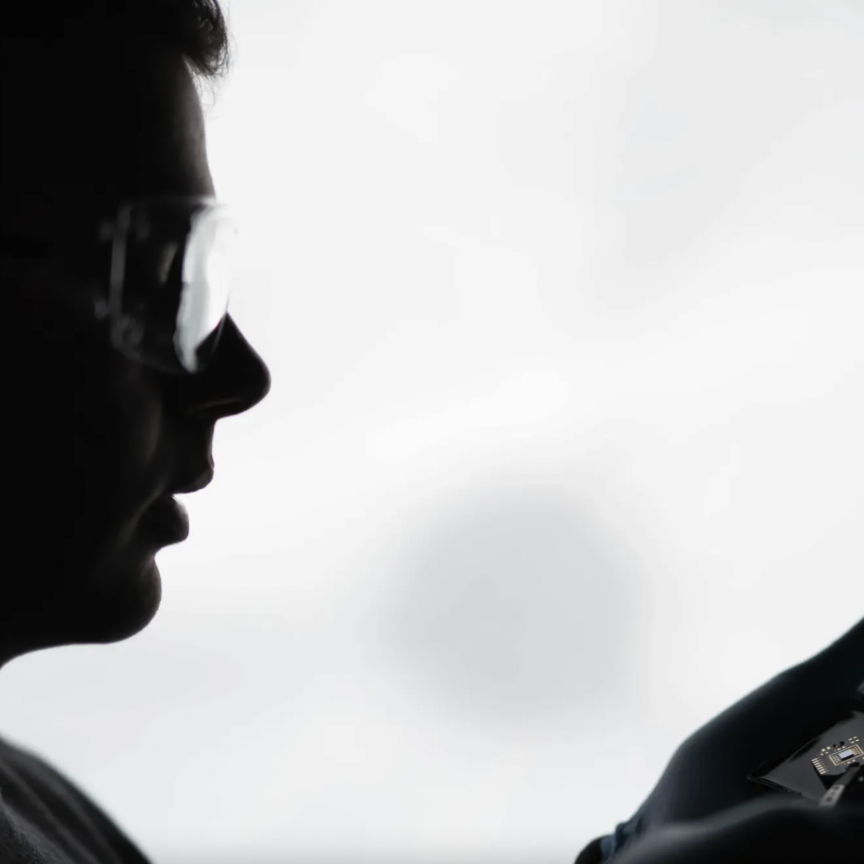Photonics has once again been identified as a key enabling technology by the European Commission in its new Industrial Strategy for Europe.
The document sets out plans for the future of Europe’s digital transformation, security and technological sovereignty by 2030.
As a key enabling technology, photonics is recognised as being strategically important for Europe's industrial future, and will therefore continue to recieve support from the EU in its development. Key enabling technologies play an important role in helping Europe build a more circular economy, become a climate-neutral continent, uphold a global level playing field and develop a deeper and more digital single market.
The announcement in the strategy comes as a boost for the European photonics industry, which is estimated to be worth €70 billion, directly employs over 300,000 people and is the second-highest manufacturer of photonics equipment globally.
In 2018 the European Optical Society (EOS) expressed concerns when it heard that photonics and microelectronics were set to be merged as key enabling technologies within EU funding. This would have resulted in photonics no longer being a specific and visible part of the European research priorities, and the photonics Public Private Partnership (PPP) not being renewed.
Last year, Nobel Prize winners Stefan Hell, Gérard Mourou and Theodor Hansch, who were awarded for major photonics breakthroughs, also warned the European Comission that the sector could be seriously compromised if it was not included in the draft funding priority list for its next €100 billion research and innovation programme, Horizon Europe. The European Photonics Industry Consortium (EPIC) was also among those who advocated for a photonics PPP to be selected for funding under the new programme.
From 2014 to 2018, the European Commission committed over €445 million to photonics projects within the EU's current research and innovation programme, Horizon 2020. Last year a survey revealed that just 100 of these projects resulted in the creation of 330 new systems that incorperate photonics, as well as over 3,500 new jobs.
Continual funding of European photonics is vital should the region wish to remain competitive in the sector. South Korea and China now invest €2.8 billion and €1 billion per annum on photonics respectivley. The US has also set up a $610 million public-private partnership to help strengthen high-tech photonics integrated circuit manufacturing.
Commenting on the recent assignment of photonics as a key enabling technology, Jean-Luc Beylat, executive board member of Photonics 21, Europe's photonics PPP, said: 'The entire European photonics community and its partners welcome the continued support for photonics as a key enabling technology in the European Commission’s new Industrial Strategy for Europe.
'With the likelihood of photonics production tripling to more than €200 billion in Europe by 2030, continued support as a dedicated key enabling technology means that light technologies can provide key components to future developments in driverless cars, healthcare, food production, and Industry 4.0 and help Europe become a carbon-neutral continent.'
Other key enabling technologies mentioned in the new Industrial Strategy are robotics, microelectronics, high-performance computing and data cloud infrastructure, blockchain, quantum technologies, industrial biotechnology, biomedicine, nanotechnologies, pharmaceuticals, and advanced materials.


